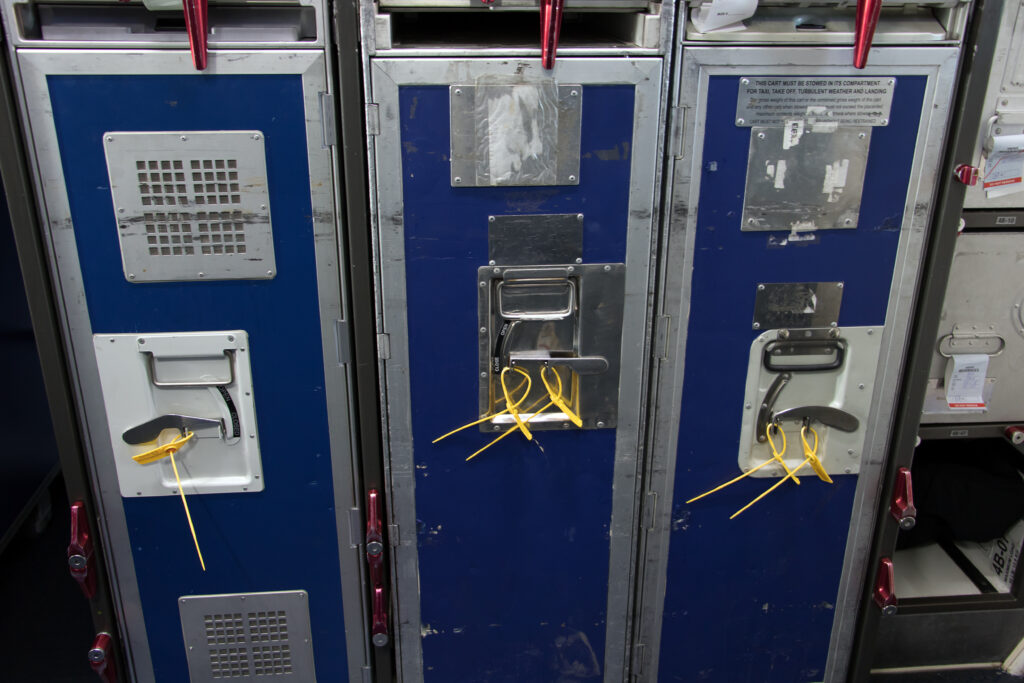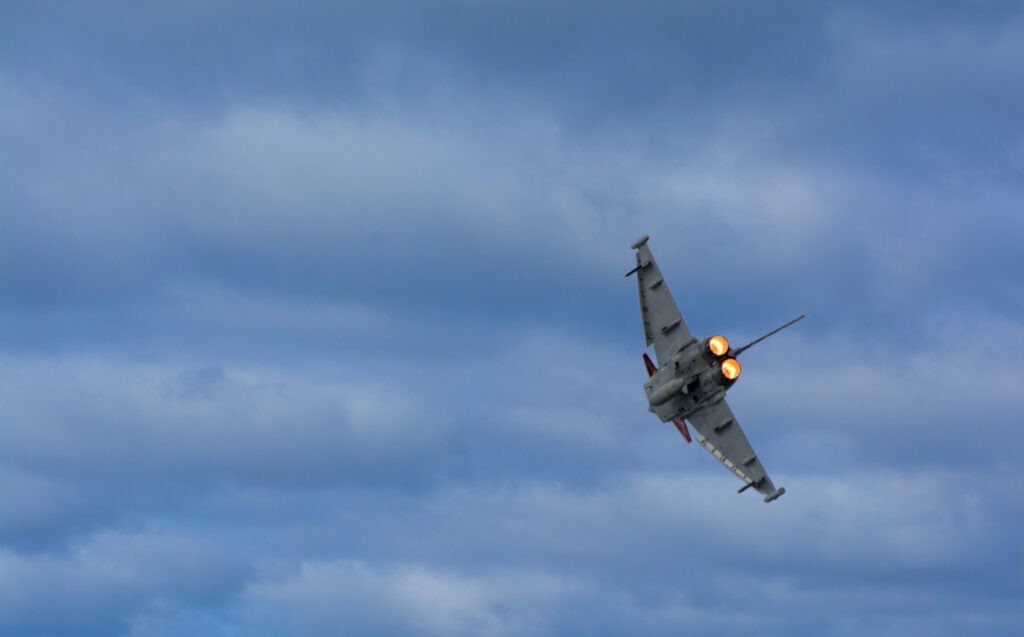
Airspace Unlimited Co-founder Doug Meyerhoff shares his thoughts on the environmental performance challenges facing the aviation sector, and the importance of taking action now, no matter how small
I have been an operational Air Traffic Controller for 28 years and,
I have to confess that I hate waste.
One of the first things I was taught at the RAF Central Air Traffic Control School at Shawbury was, “…as soon as you get an aircraft on your frequency, start thinking about how you are going to get rid of it…”
Now, on the surface this approach may appear to be a work avoidance tactic, however, it is actually a flight efficiency strategy.
Many articles have been written, policies debated, and products sold claiming to reduce aircraft fuel burn or improve overall performance of the Air Traffic Management System. While some of these initiatives have been effective, for the most part they are simplistic, they over promise and under deliver.
Take Continuous Descent Operations for example. The CDO is a brilliant concept when you are able to close the throttles at the top of descent and expect to reach the runway without having to power up again. It is possible to fly this type of approach if there are no other aircraft in the vicinity of the airport to consider. Unfortunately, this is not a realistic expectation when considering multiple aircraft in an arrival sequence, speed control or the procedures designed to separate arriving and departing traffic vertically within the TMA.
The environmental impact of the industry on the planet has been questioned, and understandably so. For too long we’ve hidden behind the arguments of “aviation only produces 2% of global carbon, and it’s an industry vital to the world economy.” Well, COVID has shown that whilst important, we’re not that vital, as GDP continued to rise whilst fleets were grounded. So we need to get into action on this issue where we can, and play our part.
In response to the negative media attention, a range of policy and technological solutions have been paraded in an effort to smooth the waters and deflect criticism.
Most solutions offering to reduce the environmental impact revolve around new engines burning greener fuels, such as Bio, Hydrogen or, alternately, converting to Electric engines.
While these options should not be dismissed, reality indicates that this evolution will take upwards of 10 years to be widely deployed due to R&D, Regulatory approval and industry equipment conversion/replacement costs.
Betting on these future solutions is providing an excuse to deal with the issue later, and risks providing justification for doing nothing now.
This tendency to avoid making changes now is compounded by a misunderstanding of the number of variables that actually play a part in the operation of a flight.
I accept that in an effort to improve the overall performance of the industry, there has been a drive toward automation and systemization. This policy is an attempt to remove these operational variables as much as possible.
However, all this planning and automation can be undone by one simple system actor not performing as expected.
One morning while I was working the approach sector in Toronto, an Air Canada flight was inbound from the east. Everything was set up between the en-route ATC sectors and the pilots to give them a direct track to the final approach fix for the airport with no delay. This flight was the first in the sequence. On initial contact I cleared the aircraft direct to the final approach fix and issued the approach clearance. The most efficient approach possible.
30 seconds after reading back the clearance the pilot sheepishly asked if they could have “a 5 minute delaying vector…” because “…the breakfast carts have not been secured for landing yet”. Due to the traffic situation the aircraft was bumped from number 1 to number 6 in the sequence and landed 15 minutes later than anticipated.
The system was primed to deliver the most efficient approach possible, but an extra cup of coffee caused the plan to fail.

The nature and complexity of the aviation environment dictates that there will never be a perfectly efficient flight, much to my annoyance.
But there are operational efficiencies to be gained, today by examining current practices and processes and moving beyond the ‘this is the way we have always done it’ mind set.
Fixing the system will not happen with one magic solution, every small measure helps reduce the waste.
At Airspace Unlimited, an innovator in airspace usage, we believe that change is possible now in a range of different areas. This is why we are developing solutions to improve strategic airspace design, minimise environmental impacts through variation of ANSP charging schemes, and ensure maximum efficiency of military airspace reservations.
Our mantras is “…many shavings make a pile,” so let’s not put off until tomorrow, the small improvements we can make today.


